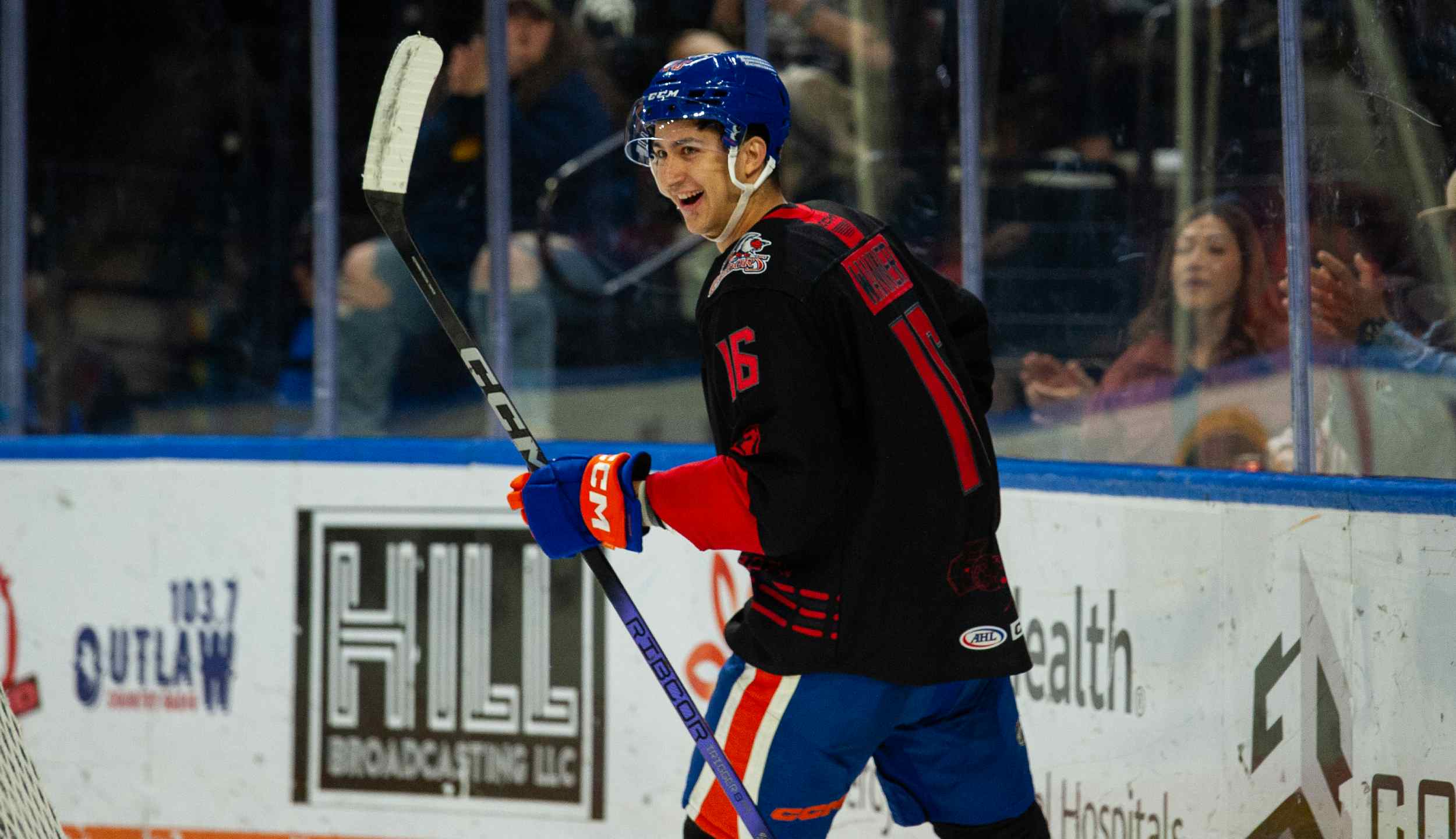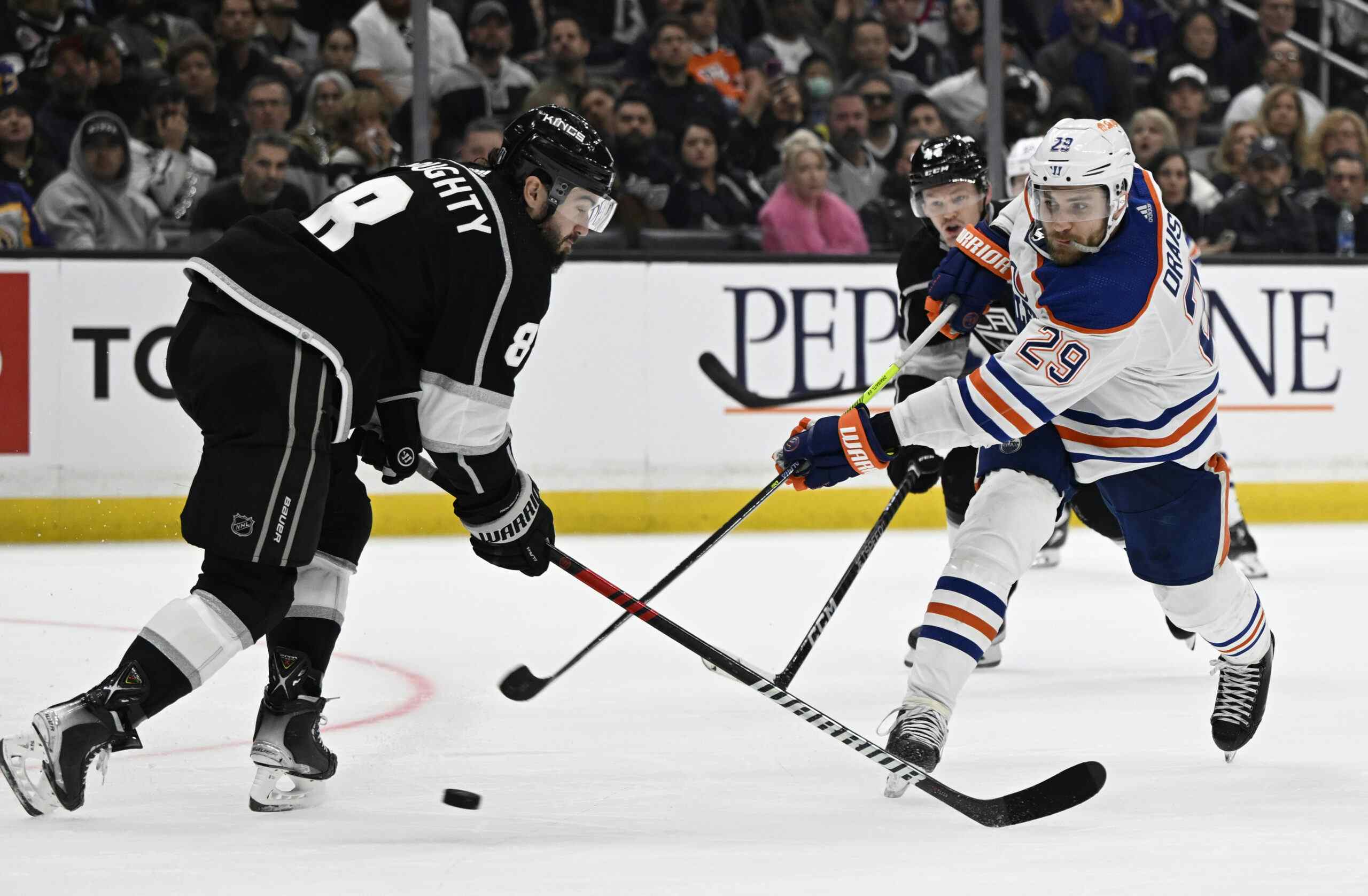Development and the 200-game mark

There’s an artificial cut-off that serves as a pretty iron-clad rule as to whether a prospect is of any real value. Basically, once he’s played 200 professional games in North America he’s either in the NHL or he’s a long-shot ‘tweener of no real importance.
Waiver Rules

With some exceptions (college and Europe; more on those guys in a moment) there’s a five-year window from the moment a player is drafted to the point where he needs to be in the NHL. Because of an agreement between the NHL and the Canadian Hockey League (i.e. the WHL, OHL and QMJHL) players drafted out of major junior and under the age of 20 can’t generally play in the AHL, meaning they’re either in the majors or their contract slides forward a year.
That makes 20 years of age the usual rookie year for a prospect who needs minor-league experience, which also means that he has three seasons to establish himself as an NHL player before he’s exposed to the waiver wire and any team in the league can grab him.
So for a really patient organization, that means that a player coming out of major junior needs to be NHL ready by age 23 and with no more than 200-odd games of pro experience under his belt. Most teams are loathe to give a prospect an NHL job out of camp unless he’s proven he can keep his head above water in the majors, which means the last half of that third season of waiver exemption is usually spent on an NHL cameo.
The 200-game window applies to college and European players too, but in those cases they can be a little older. For example, a player who starts playing college hockey at 18 and spends four years there can graduate to the professional ranks at age 22 and still have three years to prove himself in the minors before he needs to clear waivers. Ditto for a player coming over from Europe at that age.
The Limits of Patience

It’s awfully hard to put together a really strong evidenced-based study of the development path for young players, because better players are ready earlier than lesser players. All one can do is look at teams that have a strong record of drafting and development and see what they do because they’re probably doing something right.
The gold standard for this in the NHL is Detroit, and general manager Ken Holland has made no secret of his approach:
I spent nine years in the American Hockey League, and what impacted [me] there as I got into my third, fourth, fifth year of pro, was that I was a veteran American league player who was kept around to provide leadership and to be a good player to help the team win. Hartford would bring all these kids in – and the organizations that I was with in Detroit and Hartford, they were struggling organizations. The minute a young kid would play well for six weeks, he’d get [called] up and [provide] a little bit of spark [to the parent club,] and then six weeks later they would [be sent back] down and they were just beaten up. The league was too tough. They couldn’t make a difference. It took you another few weeks, few months to get those players back to where they [had been] confidence-wise and playing-wise. So from a player-development standpoint – a personal-development standpoint – [I learned that] people are ready when they’re ready and [I learned about] the importance of building a foundation.
In short: Players are ready when they’re ready. It’s hard to be absolutely sure whether a player’s ready except in hindsight, so a good rule of thumb is to err on the side of caution, which is what Detroit does. The Red Wings tend to keep players in the minors until either their play is such that a promotion is impossible to argue with or they simply can’t because of waiver considerations (and sometimes even then, as in the case of Kyle Quincey).
But that patience has a limit. Quincey’s a good example; he’s nothing really special as a defenceman but he’s 400-odd games into his NHL career and Detroit ended up surrendering a first round draft pick (used to select Andrei Vasilevskiy) to get him back. They could have easily kept him rather than losing him on waivers if they’d been ready to give him an NHL roster spot and willing to move out a guy like Brett Lebda.
So even for a patient organization, three years in the AHL is pushing it. That’s why it’s silly to worry about further developing guys like Martin Marincin and Brandon Davidson in the minors – they’re coming up to the point where they’ll either make the NHL or be exposed to waivers, free for the taking.
There’s no contradiction between saying a team should be patient with its prospects and also saying that guys near the end of their third professional season need to make the jump.
RECENTLY BY JONATHAN WILLIS
Recent articles from Jonathan Willis





